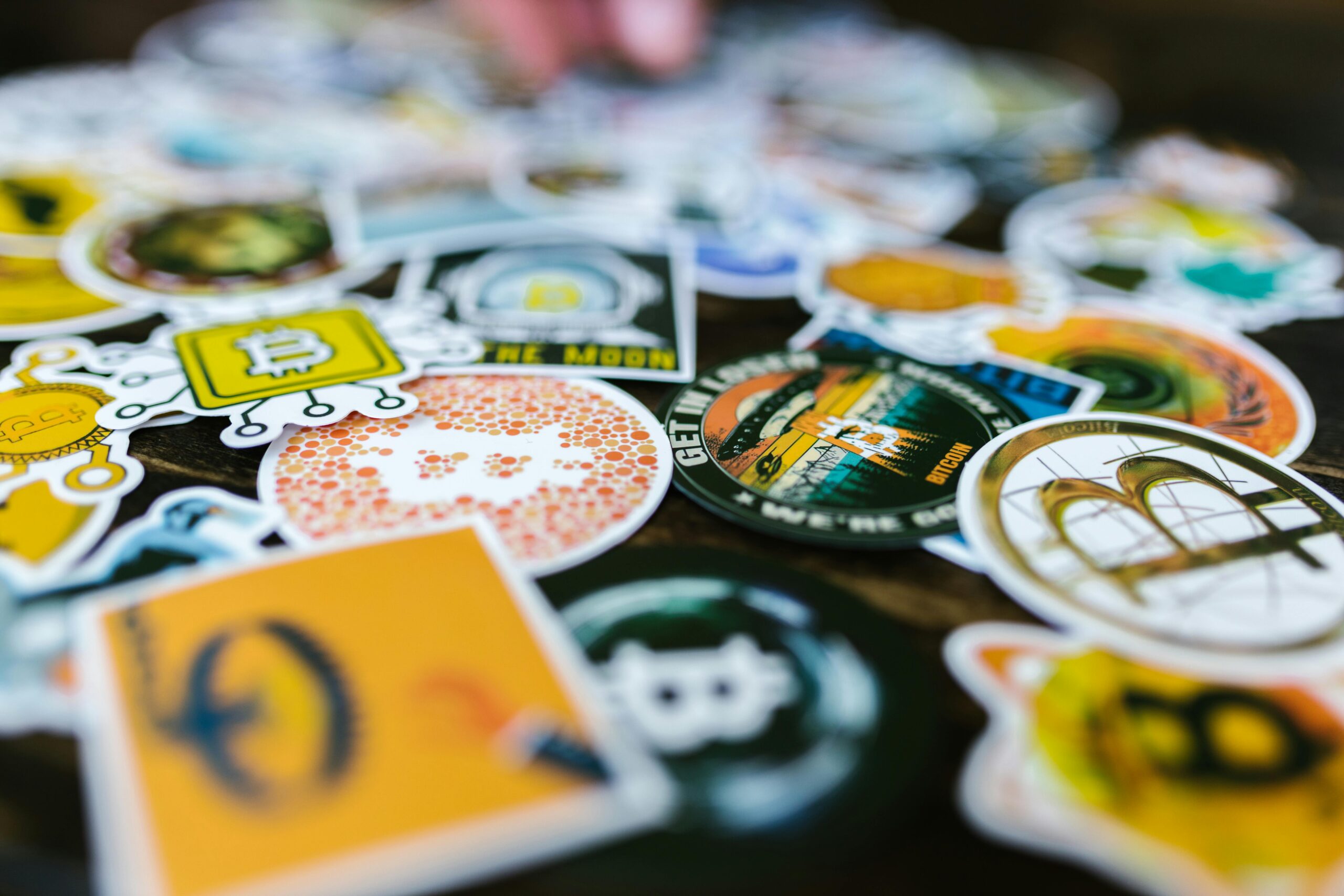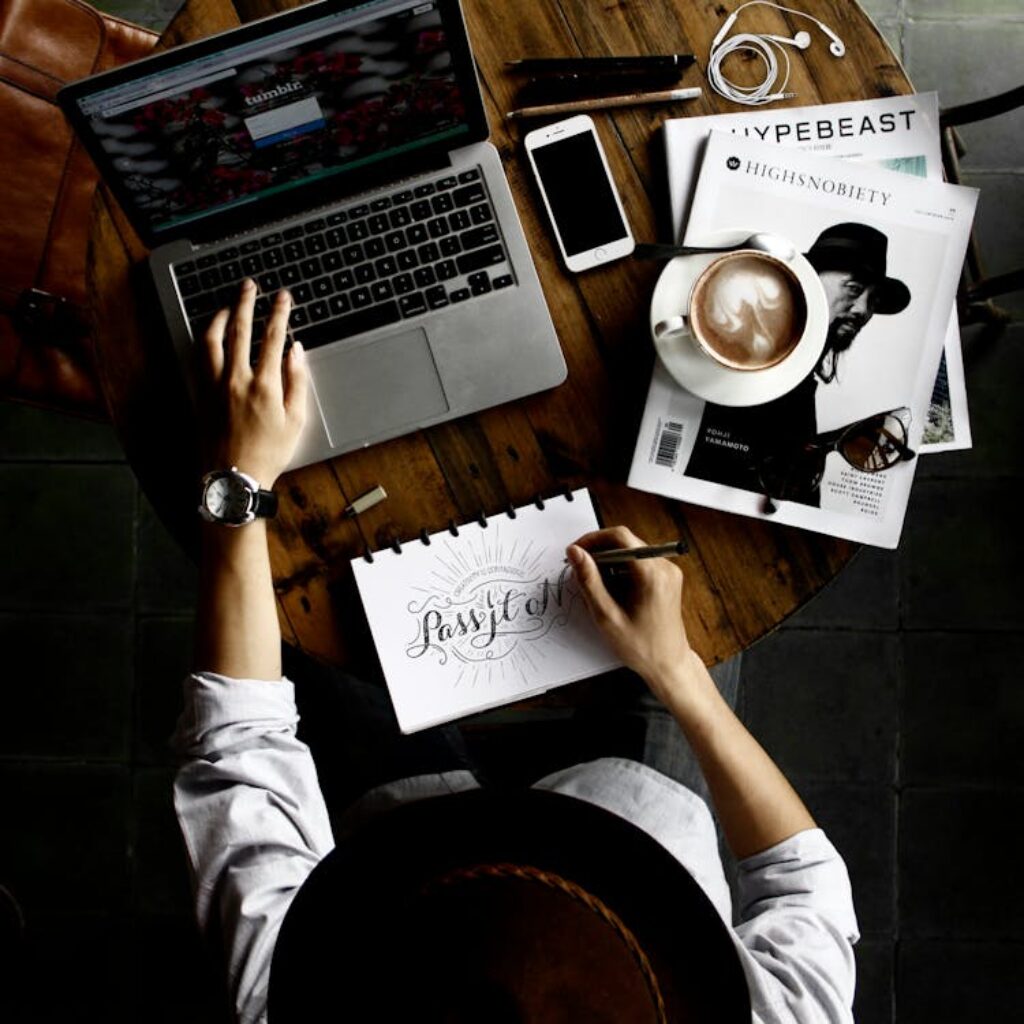
In today’s visually-driven marketplace, a logo is much more than just a decorative element—it’s the cornerstone of your brand identity. A well-designed logo communicates your company’s values, builds trust with your audience, and helps you stand out in a crowded market. This comprehensive guide explores the fundamentals of logo design, its importance, key principles, and how to find the right designer for your brand.

Why Your Logo Matters
Your logo is often the first visual element customers associate with your brand. It appears on your website, business cards, product packaging, social media profiles, and marketing materials. A thoughtfully designed logo:
- Creates instant brand recognition
- Conveys your brand’s personality and values
- Differentiates you from competitors
- Builds credibility and trust
- Fosters customer loyalty
Research shows that consumers form first impressions within seconds, making your logo a critical component of your overall brand strategy. A memorable logo can significantly impact how potential customers perceive your business before they even interact with your products or services.
Key Elements of Effective Logo Design
Simplicity
The most recognizable logos in the world—think Apple, Nike, or McDonald’s—share one common trait: simplicity. A simple logo is:
- Easy to recognize at different sizes
- More memorable than complex designs
- Versatile across various media and applications
- Timeless rather than trendy
Simplicity doesn’t mean boring. Rather, it means distilling your brand essence into its clearest visual form.
Relevance
Your logo should reflect your industry and appeal to your target audience. A tech startup might opt for a modern, minimalist design, while a children’s toy company might use playful colors and rounded shapes. Understanding your market positioning helps create a logo that resonates with the right people.
Memorability
A distinctive logo stands out in a sea of competitors. The human brain processes images 60,000 times faster than text, making unique visual elements crucial for brand recall. Aim for a design that people can sketch from memory after seeing it just a few times.
Versatility
Today’s logos need to work across numerous platforms and formats—from a tiny favicon on a browser tab to a large billboard. A versatile logo:
- Remains recognizable when scaled
- Works in both color and monochrome
- Maintains clarity on different backgrounds
- Functions well in digital and print media
Timelessness
While design trends come and go, an effective logo should last for years. Major redesigns can confuse customers and dilute brand recognition. Aim for a design that won’t feel dated in five years, while allowing for minor refinements over time.
Types of Logos
Understanding different logo styles can help you choose the right approach for your brand:
Wordmarks (Logotypes)
These text-only logos use distinctive typography to represent the company name. Examples include Google, Coca-Cola, and FedEx. Wordmarks work well for businesses with short, distinctive names and when brand recognition is a priority.
Lettermarks (Monograms)
Condensing a company name into initials creates a lettermark, like HBO, CNN, or IBM. This approach works well for organizations with long names that need a concise visual identifier.
Pictorial Marks (Logo Symbols)
These purely visual logos use an icon or symbol, like Twitter’s bird or Apple’s apple. Pictorial marks can transcend language barriers but typically require established brand recognition to stand alone.
Abstract Marks
Unlike pictorial marks that depict recognizable objects, abstract marks use shapes and forms to create a unique visual symbol. Think of Pepsi’s circular emblem or the Chase bank logo. Abstract marks can convey feelings and attitudes while allowing more freedom in representation.
Mascots
Character-based logos like KFC’s Colonel Sanders or the Michelin Man create a personified representation of the brand. Mascots can foster emotional connections with customers and work well for family-friendly businesses.
Combination Marks
These versatile logos combine a wordmark with a symbol or icon. Examples include Burger King and Doritos. Combination marks offer the benefits of both text and imagery while allowing elements to be used separately as brand recognition grows.
Emblems
These traditional logo types encapsulate text within a symbol or icon, like Starbucks or Harley-Davidson. Emblems convey heritage and authority but may lose detail at smaller sizes.
The Logo Design Process
Creating an effective logo typically involves several key stages:
Research & Discovery
Before designing begins, thorough research is essential to understand:
- Your brand values, mission, and personality
- Your target audience’s preferences and expectations
- Competitor logos and industry trends
- Where and how the logo will be used
Conceptualization
With research complete, designers begin sketching ideas and exploring concepts. This phase prioritizes creativity and generates multiple directions rather than refining a single idea.
Refinement
The most promising concepts move to digital refinement, where designers perfect proportions, spacing, and details. Color exploration also begins during this phase.
Review & Feedback
Stakeholder feedback helps identify the strongest concepts and guide further refinement. Effective feedback focuses on how well the design meets business objectives rather than personal preferences.
Finalization
Once a direction is selected, the designer finalizes all technical aspects, creates variations for different applications, and prepares file formats for various uses.
Finding the Right Logo Designer
Creating a professional logo requires skill and experience. While DIY logo makers exist, investing in professional design typically yields better results. Here are several options for finding qualified designers:
Freelance Platforms
Fiverr stands out as one of the most accessible platforms for finding logo designers. With thousands of graphic design professionals offering services at various price points, Fiverr makes it easy to find talent that matches your budget and requirements. The platform’s review system helps you evaluate designers based on past client experiences, while the structured ordering process ensures clear deliverables and timelines.
Working with designers on Fiverr offers several advantages:
- Wide range of pricing options to fit different budgets
- Portfolio reviews to assess style compatibility
- Direct communication with designers
- Secure payment system with clear deliverables
- Revision options built into most packages
When hiring on Fiverr, review portfolios carefully, check ratings and reviews, and communicate your brand requirements clearly for the best results.
Design Agencies
For more comprehensive branding needs, established design agencies offer strategic expertise alongside creative services. Agencies typically manage the entire process from research to implementation but at higher price points than freelancers.
Design Contests
Platforms that offer design contests allow you to receive multiple concepts from different designers. While this provides variety, it may result in less research-driven solutions than working with a dedicated designer.
Logo Design Investment Considerations
Logo design costs vary widely based on:
- Designer experience and expertise
- Project complexity and deliverables
- Research and strategy requirements
- Time constraints
While budget constraints are real for many businesses, consider your logo an investment rather than an expense. A professional logo serves as the foundation of your visual branding for years to come, potentially influencing millions of customer impressions.
Common Logo Design Mistakes to Avoid
Be aware of these frequent pitfalls in the logo design process:
- Following trends rather than focusing on timelessness
- Creating overly complex designs that lose impact at small sizes
- Relying on generic stock graphics or templates
- Inadequate testing across applications and contexts
- Making decisions based solely on personal preference
Conclusion
A thoughtfully designed logo serves as the visual cornerstone of your brand identity, communicating your values and differentiating you from competitors. While design principles and processes matter, finding the right designer is equally important for translating your brand vision into a compelling visual mark.
Whether you choose to work with a Fiverr freelancer, design agency, or other creative professional, invest the time in clarifying your brand strategy before beginning the design process. The most successful logos aren’t just visually appealing—they meaningfully represent the brands they symbolize and create lasting connections with customers.
By understanding the fundamentals of effective logo design and working with qualified professionals, you can create a visual identity that serves your business well for years to come.






